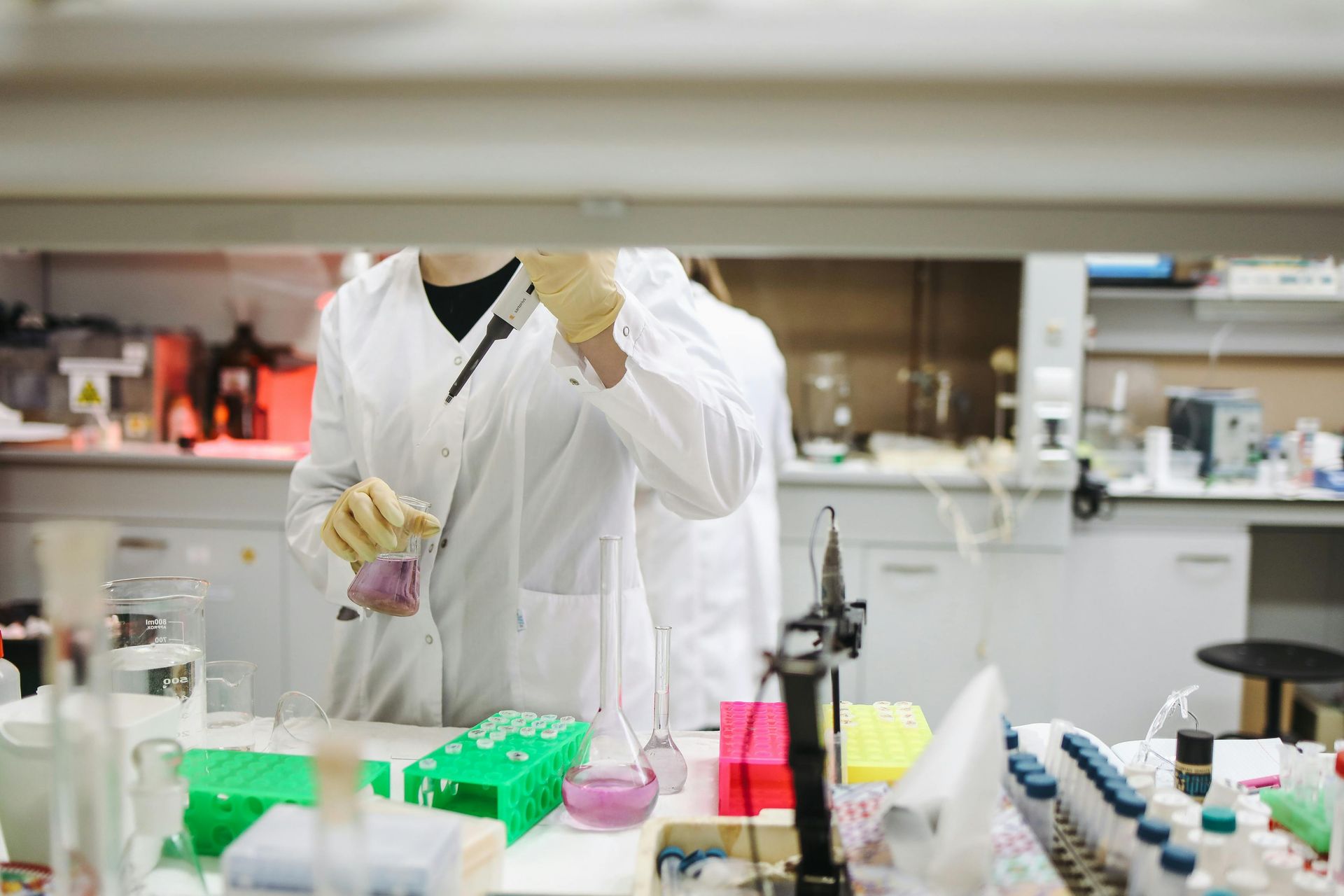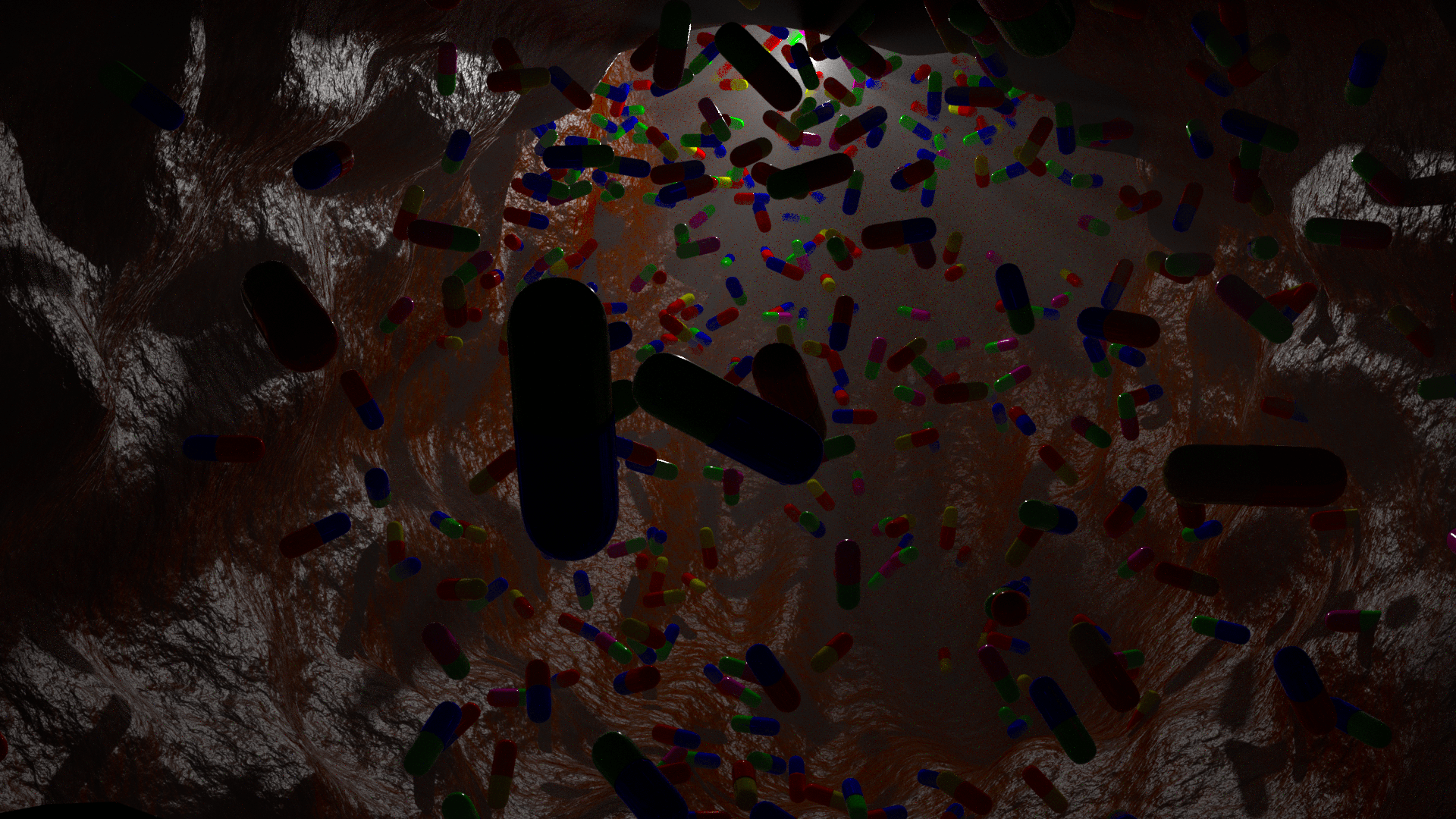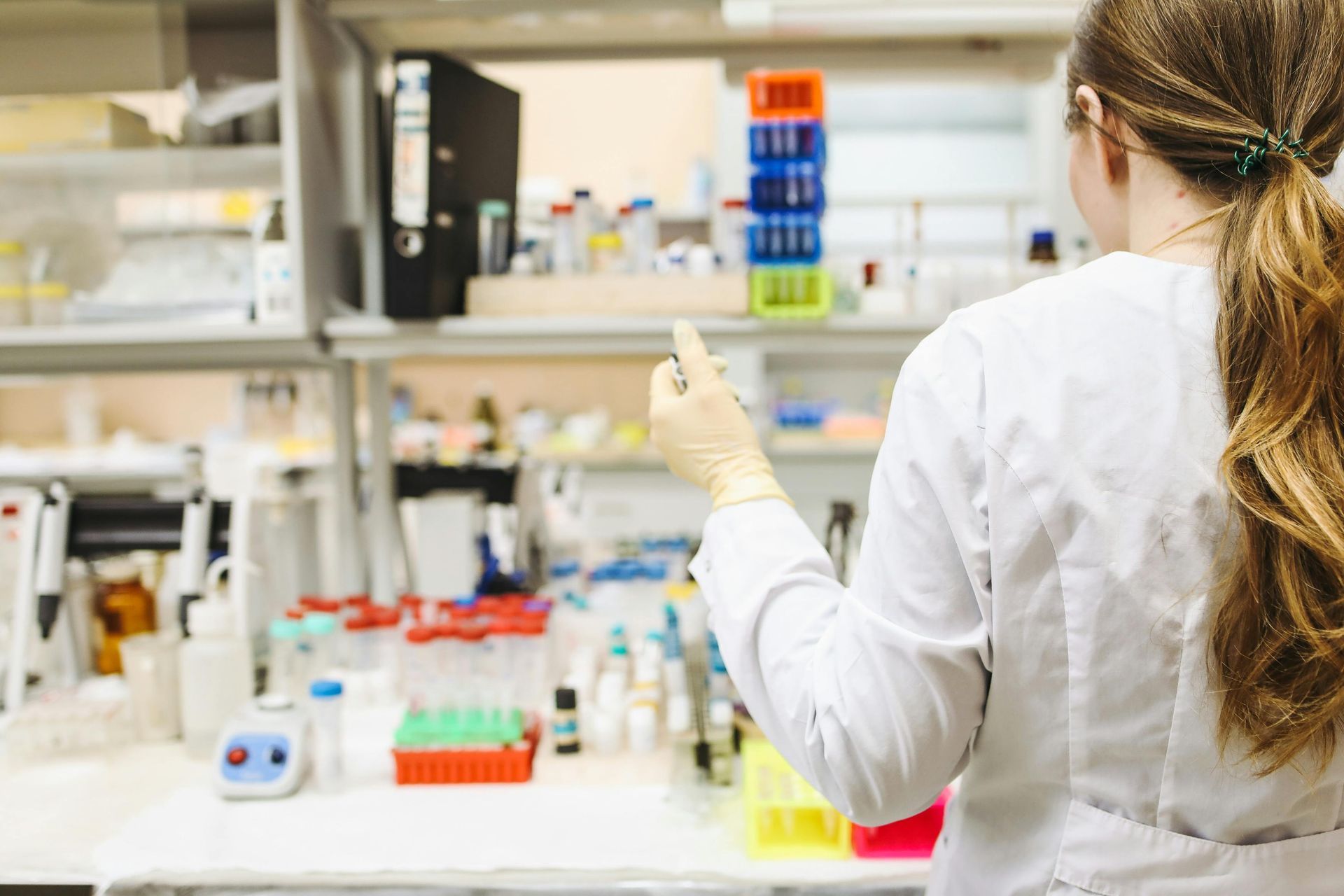Mohamad-Ali Salloum is a Pharmacist and science writer. He loves simplifying science to the general public and healthcare students through words and illustrations. When he's not working, you can usually find him in the gym, reading a book, or learning a new skill.
Cancer World Day : Where are we now in Oncology?
Share
4th of February is designated as the Cancer World Day, and today we will talk about what are the major advancements made in oncology and how we are heading one step forward to our goal, which is to cure cancer.
1)We’re Getting Better at Diagnosis.
Combination of recent technologies allow us to detect cancer in its earliest form. Main methods that are used to diagnose cancers are:
-Molecular diagnosis: this method is used to detect cancer-specific alterations and proteins, DNA, and RNA in body fluids. The molecular tests are used to determine the risk of future disease in an individual who may be healthy at time of testing.
-Tumor markers: they are anything that is produced by cancer cells or produced from normal cells in the body in response to the presence of cancer cells. They can provide us with information about the aggressiveness of the cancer and the response of the patient to the given treatment.
-Radiological Diagnosis: CT, VCT, PET, MRI, X-ray, and Ultrasound.
-Cytological Diagnosis: the examination of a single cell type. Specimens are usually of fluid type. (Urine sample, CSF sample...)
-Histological Diagnosis:
Microscopic examination of a tissue that has been taken out from a person by a biopsy or surgical resection.
-Hematological Diagnosis: Complete Blood Count test
-Immunohistochemistry (IHC): A special staining process performed on fresh or frozen cancer tissue removed during biopsy. IHC is used to show whether the cancer cells have certain receptors on their surface. This information plays a critical role in choosing the best treatment.
2)Effect of Cancer Awareness Campaigns
No clear results have been proven by the studies about the effectiveness of awareness campaigns, however, the efforts done by awareness campaigns to educate the public have been rewarded by the increase in the screening rates of people, which hypothetically, will allow patients to find the cancer in its early stages, if present, and thus enhancing their prognosis. (1) (2) (3)
3) Approval of Novel Medicines
Each year the approval of new medicines by FDA varies. In 2016, FDA approved around 20 medicines. In 2021, 46 drug approvals were done and 16 indications of them were related to oncology. The new cancer drugs discovered represent new mechanisms to overcome the resistance of cancers to standard treatments.
Also, among these drugs, we can find those that:
-Target specific mutations (Mobocertinib for Non-small cell lung cancer),
-Help in diagnosing cancer (piflufolastat F 18 for prostate cancer and Pafolacianine for ovarian cancer),
-Reduce side effects caused by chemotherapy (Trilaciclib to reduce bone marrow suppression in patients being treated by chemotherapy for small cell lung cancer).
Hopefully, many more cancer therapies will be developed and approved in the future to target the hard-to-treat current cancer types. (4)
4) CRISPR-Cas9 Technology
This method offers the potential to cure human genetic disease by editing the genes. It was first used in 2012.
CRISPR is the abbreviation of “Clustered regularly interspaced short palindromic repeats”. It works by cutting specific DNA sequence and then adding, deleting, or replacing the elements within the target DNA sequence. This means that we can now edit the mutations that lead to cancer and replace them in our DNA by adding the normal copy.
This method can be also used for other diseases that are caused by genetic abnormalities like:
-Beta-Thalassemia,
-Hemophilia,
-hereditary forms of blindness,
-Cystic fibrosis,
-Muscular dystrophy,
-and Huntington’s Disease.
Phase 1 and Phase 2 Clinical Trials are ongoing; however, this technology is still under development and more studies and improvement need to be done before using them commercially. Also note that this technology has the potential to be used in CAR-T cell therapy to bypass the technical and immunological issues that made CAR-T cell therapy less effective in the previous years. (5) (6)
5) The Rise of Biosimilars
Biologic cancer drugs-where monoclonal antibodies are used to target the cancer cells- are sold with unaffordable prices when they first enter the market due to the high cost of their development during pre-clinical studies and clinical trials, in addition to the equipment and expertise used to obtain the final product.
The benefits of Biosimilars are:
a. Add treatment choices at lower cost to the healthcare system,
b. Improve access to such drugs will lead to enhanced health outcomes overall
c. Provide expanded therapeutic options for the patients.
RAND corporation estimates that Biosimilars may lead to savings up to $150 Billion in direct spending on biologic drugs between 2017 and 2026.(7)
See you next year, hopefully with much more major advancements in this field!
Resources:
(1) https://pubmed.ncbi.nlm.nih.gov/21185097/
(2) https://ascopubs.org/doi/full/10.1200/JGO.19.00011
(3) https://www.nature.com/articles/s41416-021-01573-w
(5) https://www.synthego.com/blog/car-t-crispr-cancer
(6) https://www.labiotech.eu/best-biotech/crispr-technology-cure-disease/
(7) https://www.pfizerbiosimilars.com/health-care-system-benefits
List of Services
ABOUT THE AUTHOR
Mohamad-Ali Salloum, PharmD
Share
Recent articles:
















